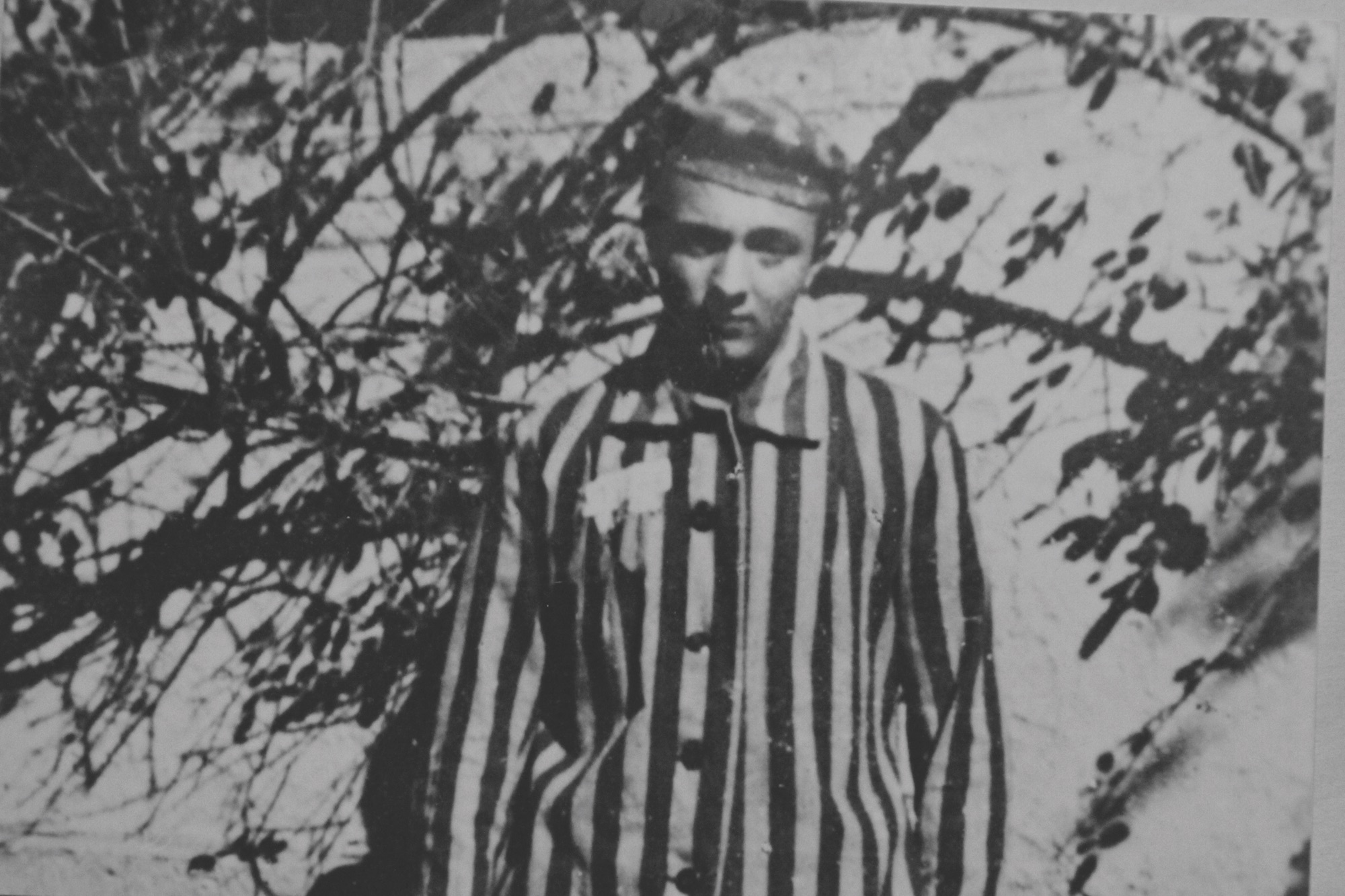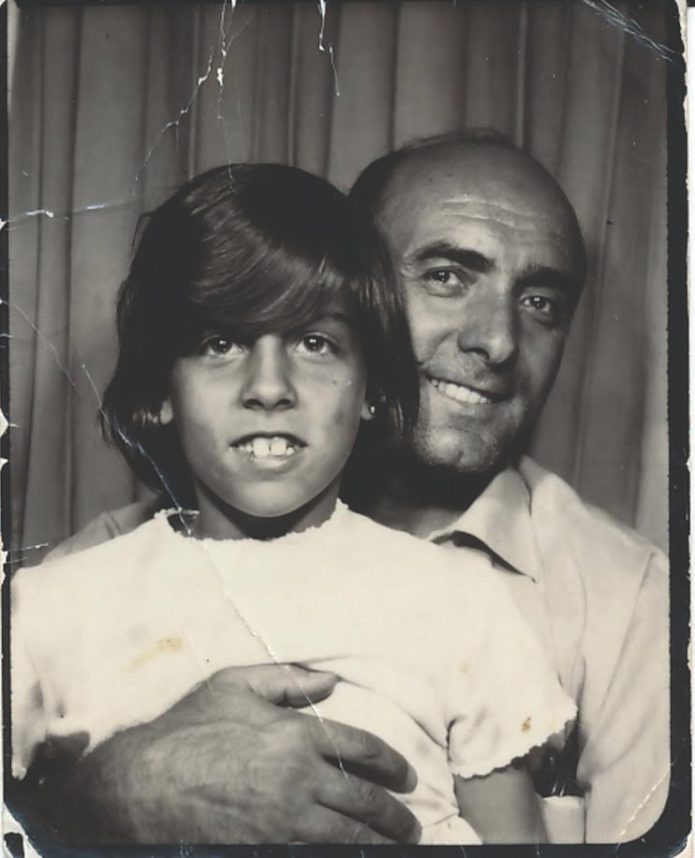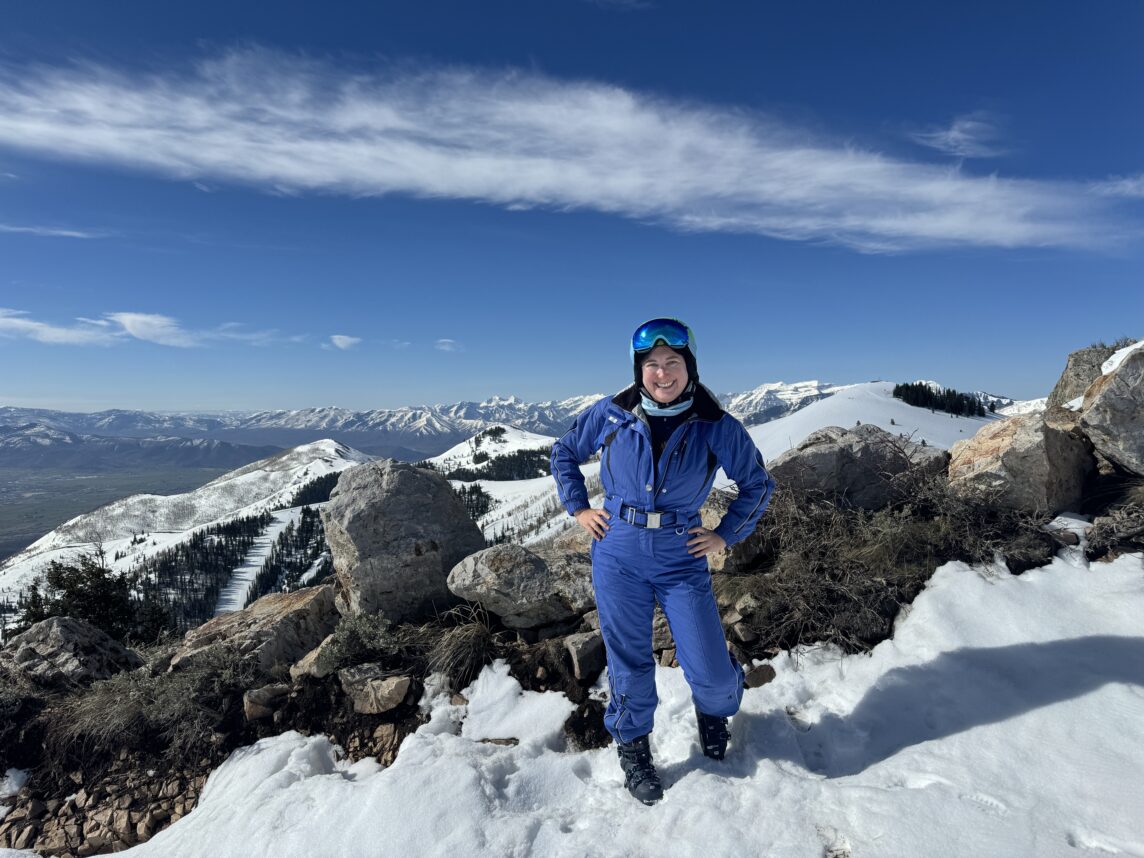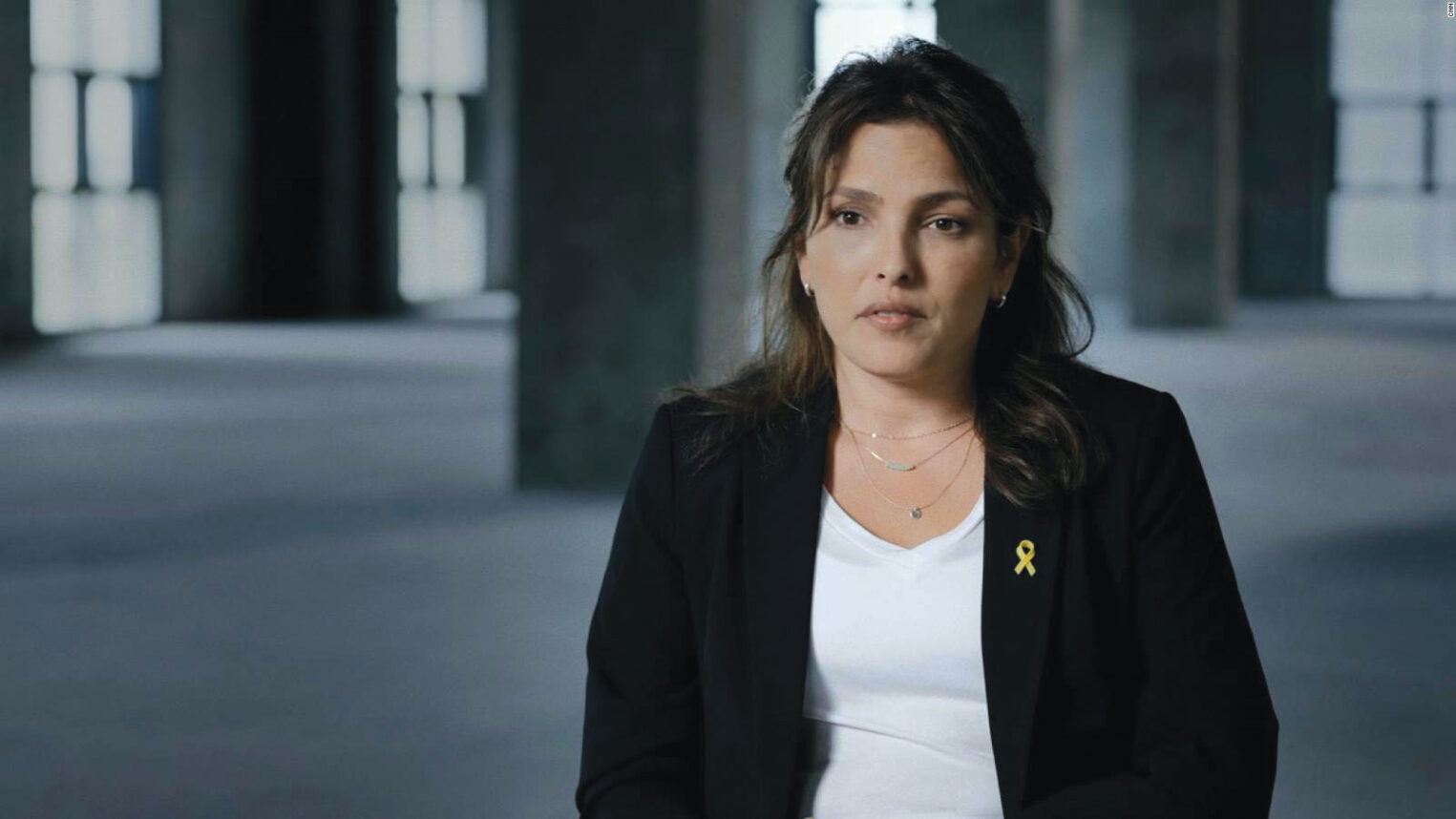 Photos courtesy of Hannah Kozak.
Photos courtesy of Hannah Kozak. Of the 3.3 million Jews living in Poland before World War II, only 10 percent survived the Holocaust. Photographer Hannah Kozak’s father, Sol, was one of them, and his life-altering experiences have also profoundly impacted her life.
After Sol’s death in December 2012, Kozak made multiple trips to Europe to visit the sites of the eight labor camps where he was interned from 1943-45. She also visited 10 concentration camps, including Auschwitz-Birkenau, Sobibor and Belzec. Forty of the black-and-white photographs she took there are now on display at the Los Angeles Museum of the Holocaust in the exhibition “Survivor: My Father’s Ghosts.”
The images include remnants of barbed wire fences, train tracks and trees “that bore witness. I think they absorbed the sadness,” Kozak told the Journal. She began reading about World War II and the Holocaust as a child and felt compelled to learn more. However, she said being at the sites where her father struggled to live and members of his family were murdered was overwhelmingly difficult. “So many ghosts,” she said. But she kept going back “because to fully flesh out the project, I wanted to try to understand the breadth of [the Shoah].”
Using a 1961 Rolleiflex camera, Kozak shot on film and made 200 prints, ultimately choosing one-fifth for the exhibit. “Digital didn’t have the look I was trying to achieve,” she said. “There’s layers and depth to film, a richness that can’t be reached digitally. Shooting on film slows me down, makes me more present and gives me a tangible product. To me, a picture is not a photo unless it’s a print.”
Kozak also began shooting a film in 2009 about her father’s life, and it accompanies her photographs in the exhibition. “I’d been making a movie that I thought would be for my brothers and sister,” she said. “And then I realized the depth of the story was much bigger than a family movie.” Her film also incorporates Kozak’s visits to the camps and her father’s hometown in Poland.

“My father’s life is a story of tragedy and inspiration, all at once. I feel as if I was chosen to tell it. I don’t think I had a choice.” — Hannah Kozak
Kozak said her father “wouldn’t talk about his experiences during the war when we were growing up because he wanted to spare us the pain. But as he got older, the memories started to flood him and it was very important to him that I tell his story.”
Along with archival footage she shot herself, a clip from the interview Sol gave to the Shoah Foundation Project in 1995 is included in the film. Hannah believes her father survived because he never lost hope. “He had an unwavering belief in God,” she said in her narration. “I think he survived so he could give testimony.”
Guatemalan-Jewish on her mother’s side, Kozak is “on a spiritual path” that has included living on an Israeli kibbutz at 20 and having a bat mitzvah at 27. “I’m proud of being Jewish,” she said.
The middle of five children, Kozak, 57, fell in love with photography when her father gave her his Kodak Brownie Hawkeye camera when she was 10. “I’d photograph our dogs, my siblings. The way I express myself is through photos,” she said. “Photography taught me to see even when I didn’t have a camera in my hand. It made me slow down, made me see minutiae.”
For 25 years, the Los Angeles native worked as a Hollywood stuntwoman, working on such films as “Transformers” and “Iron Man” and doubling for actresses such as Cher, Angelina Jolie and Lara Flynn Boyle. “I was scared of everything when I was little. I had a lot of anxiety. It was a way of overcoming fear,” she explained of her career choice.
For the last five years, Kozak has worked as a location manager on the TV series “Brooklyn Nine-Nine,” and she’s also a writer, currently seeking a publisher for the book she has written about Michael Jackson, whose death, she said, deeply affected her. “Storytelling helps to process the confusion in our world and to help make sense of it,” she said.
She also wants to travel more, including returning to Israel, Eastern Europe and Berlin. “I recharge by traveling. I like to wander alone, and things come to me,” she said. Kozak also would like to get a doctorate in Holocaust studies. “It’s such a layered subject. The more I delve into it, the less I understand.”
Kozak also plans to publish a book of her “My Father’s Ghosts” photographs and take the show to other Holocaust museums. “My father’s life is a story of tragedy and inspiration, all at once,” she said. “I feel as if I was chosen to tell it. I don’t think I had a choice.”
She finds the lessons of the Holocaust especially urgent in today’s sociopolitical climate. “This is all happening again. It’s important for us to remember the past,” she said. “If we don’t learn from our mistakes, we just repeat them.”
“Survivor: My Father’s Ghosts” runs from May 20 through Aug. 30 at the Los Angeles Museum of the Holocaust.






















 More news and opinions than at a Shabbat dinner, right in your inbox.
More news and opinions than at a Shabbat dinner, right in your inbox.